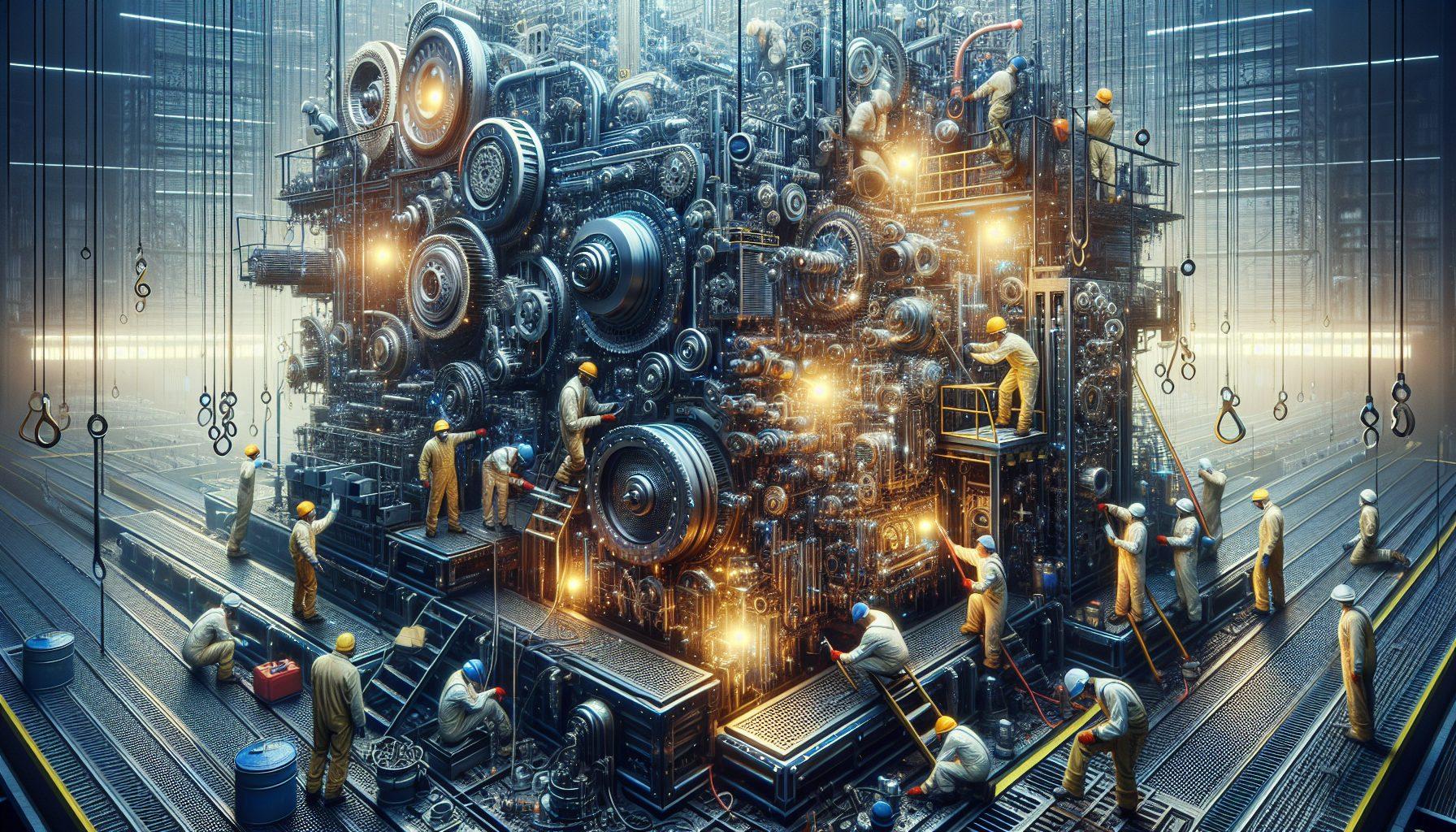When it comes to maximizing efficiency and productivity in a warehouse setting, equipment utilization plays a crucial role. It directly impacts the overall performance of the warehouse operations and can greatly affect the company’s bottom line. One key aspect of equipment utilization is maintenance. In this article, we will explore the vital role that maintenance plays in optimizing equipment utilization within a warehouse.
The Importance of Maintenance
Maintenance is the process of inspecting, repairing, and servicing equipment to ensure that it is operating at its optimal level. Regular maintenance not only prevents equipment breakdowns and downtime but also extends the lifespan of the equipment. When equipment is well-maintained, it can perform at its peak efficiency, leading to increased productivity and reduced costs.
Let’s delve deeper into the specific ways in which maintenance contributes to improving equipment utilization:
1. Preventive Maintenance
Preventive maintenance involves regular inspections and proactive repairs to identify and address potential issues before they lead to equipment failure. This approach helps to prevent unexpected breakdowns, minimize downtime, and keep operations running smoothly.
By implementing a preventive maintenance program, warehouse managers can schedule routine check-ups and servicing of equipment based on manufacturer recommendations and industry best practices. This ensures that the equipment remains in optimal working condition, reducing the risk of unexpected breakdowns that can halt warehouse operations.
Additionally, preventive maintenance can help identify small repairs and fix them before they escalate into major issues, saving both time and money. Warehouse managers can keep track of maintenance schedules and receive timely reminders for inspections and repairs, allowing them to stay on top of equipment maintenance more efficiently.
2. Improved Equipment Reliability
Maintenance plays a crucial role in improving equipment reliability. Regular inspections and servicing help identify and resolve potential mechanical or electrical issues that may affect the performance of the equipment.
When equipment is reliable, it can operate consistently and predictably, allowing warehouse operations to run smoothly. It reduces the risk of unexpected breakdowns during critical periods, such as peak seasons or high-demand periods, where downtime can be costly.
By ensuring that equipment is reliable, warehouse managers can have peace of mind knowing that the equipment is ready to handle the demands of the business. This, in turn, leads to increased efficiency, productivity, and customer satisfaction.
3. Enhanced Safety
Maintenance plays a crucial role in ensuring the safety of warehouse employees. Regular inspections and servicing help identify and address potential safety hazards associated with equipment.
When equipment is well-maintained, the likelihood of accidents or injuries caused by faulty machinery decreases significantly. It also ensures compliance with safety regulations and standards, helping avoid legal implications and penalties.
Proper maintenance includes checking for loose or worn-out components, repairing or replacing damaged parts, and conducting necessary safety tests. By addressing potential safety concerns proactively, warehouse managers can create a safer working environment for their employees.
4. Increased Equipment Lifespan
Effective maintenance practices can significantly extend the lifespan of warehouse equipment. Regular inspections, servicing, and timely repairs help prevent premature wear and tear of components.
When equipment is well-maintained, it operates within its intended parameters and experiences less stress and strain. This reduces the risk of major breakdowns and the need for costly repairs or replacements. Additionally, proper maintenance can help identify and resolve minor issues before they escalate, further prolonging the equipment’s lifespan.
By maximizing the lifespan of equipment, warehouse managers can reduce the frequency of new equipment purchases, saving significant costs in the long run. It also contributes to a more sustainable approach to warehouse operations, minimizing the environmental impact caused by frequent equipment replacements.
5. Data-Driven Decision Making
Maintenance activities generate valuable data regarding the performance and condition of equipment. By gathering and analyzing this data, warehouse managers can make informed decisions regarding equipment utilization and replacement strategies.
Using maintenance data, managers can identify patterns and trends in equipment performance, allowing them to schedule maintenance tasks more effectively. They can identify recurring issues that may require further investigation or adjustments to standard operating procedures.
Additionally, maintenance data can help evaluate the overall effectiveness of the maintenance program and justify investment in new equipment or technologies. It provides insights into the equipment’s actual utilization, helping warehouse managers optimize resource allocation and make data-driven decisions.
Implementing a comprehensive maintenance program is essential for improving equipment utilization within a warehouse. It not only enhances safety and reliability but also contributes to increased productivity, cost-effectiveness, and overall operational efficiency.
HCO Innovations is a prominent provider of warehouse optimization solutions, offering a range of services that includes material handling equipment management. Their expertise helps warehouse operations implement effective maintenance strategies to maximize equipment utilization. To learn more, visit HCO Innovations Material Handling Equipment Management.

